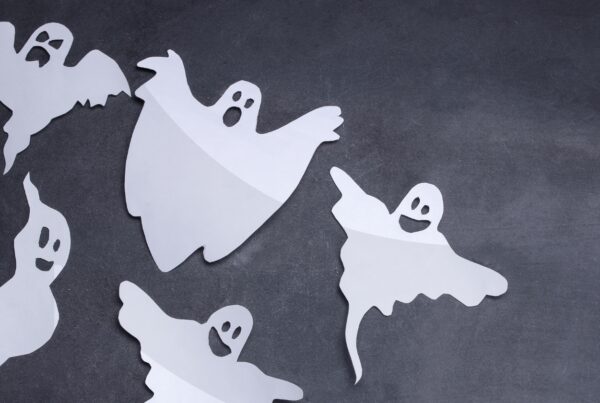By Paul Holmes
We introduce our sixth guest blogger of our monthly series on the 25th of every month, in celebration of our 25th anniversary this year, Paul Holmes, the highly regarded PR industry analyst.
Paul Holmes is editor and publisher of The Holmes Report, which provides knowledge and insight to public relations professionals, and manages the SABRE Awards, recognizing Superior Achievement in Branding & Reputation.
I just returned from Barcelona, where more than 200 PR practitioners and evaluation experts gathered to pass the “Barcelona declaration” of research principles, an attempt to set global standards for the measurement of PR.
The principles are much needed. My publication runs the SABRE Awards competition in North America, EMEA and Asia, and so I see something like 3,000 PR campaign summaries a year, and measurement is far from standardized. I see everything from clip counts to advertising value equivalency (roundly condemned by the Barcelona delegates), while relatively few seek to link PR to business results.
I have long believed that public relations is about what the words say it is about: building, maintaining and leveraging relationships between an organization and its publics. As a result, I believe the best measure of success is the impact a campaign has on relationships.
The past few years have seen the emergence of new evidence suggesting a strong correlation between an organization’s relationships and business performance. Specifically, Bain & Company’s Fred Reichheld has looked at the connection between advocacy (the likelihood that someone will recommend a company to a friend or colleague) and performance, and found that advocacy (or what he calls net promoter score: the number of advocates minus the number of detractors) is a strong predictor of future success.
This ought to be great news for the profession, because I believe PR is uniquely positioned to create brand advocates. It is hard for me to imagine an ad campaign that would make me more likely to recommend a product to others, but there are plenty of PR campaigns that have done this: communicating a commitment to CSR, linking products with causes, special events that touch people directly. (It’s also easy to imagine PR failures that create brand detractors: BP being the most obvious recent example.)
There are two obstacles to progress on evaluation, however: agencies and clients: agencies, because they all want a proprietary measurement tool that differentiates them from competitors, at a time when we badly need an industry standard; clients, because they remain fixated on traditional reach and frequency measures at a time when social media are demonstrating that engagement and advocacy are what really matters.
As an industry, we need to develop a standard and sell it to clients if we are going to take advantage of the opportunity for leadership offered by this new social media age.





